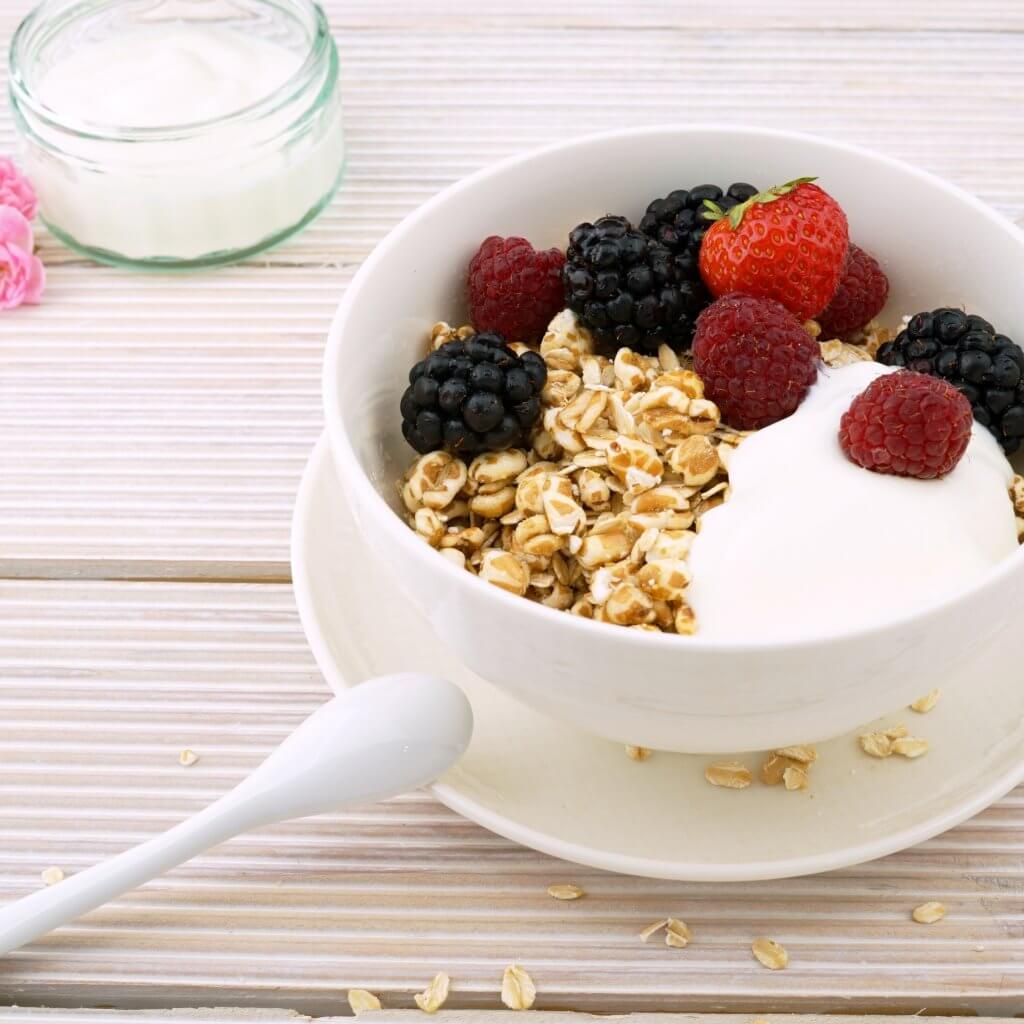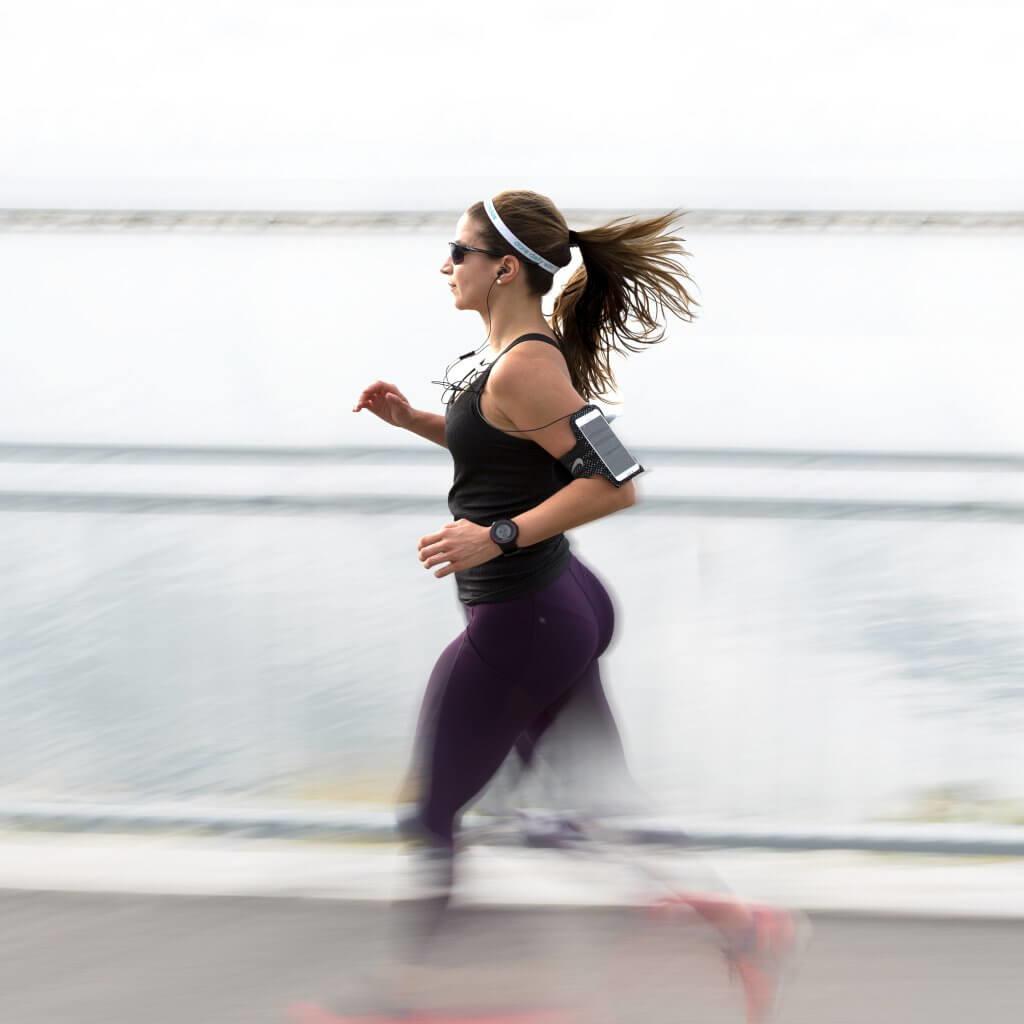How to get the most out of recovery

If you’re a committed runner, the chances are good that you’re already taking recovery pretty seriously. Proper recovery is, after all, a vital part of good performance, right? You’re probably also already well acquainted with the basics of post-run recovery:
- Rehydrate ad libitum (to thirst) immediately post-run? Check.
- Consume a carbohydrate-rich snack or drink within 30 minutes of a long run to replenish glycogen stores? Check, check.
- Have a protein-rich meal or snack (including healthy fats and carbs) within three hours of your workout to help your body recover and heal? Check, check, check.

Then add to that enough sleep and paying careful attention to your body’s signals and Bob’s your uncle, right?
Or is he? Is this relatively simple approach to recovery really sufficient to benefit your performance, or should you jump on the bandwagon of compression gear, ice baths and post-run massages? Will these extras really give you the edge, or may they be doing more harm than good in terms of performance adaptation? The answer might surprise you.
Back to basics
First of all, let’s remind ourselves of a few physiological basics. Number one: Strenuous exercise triggers a variety of stress responses in the body, one of which is inflammation. Remember that cowboy swagger you sported after your first marathon? Enough said. Number two: Exercise-induced inflammation can either lead to performance adaptation or injury, depending on how it (or your training) is managed. Give your (inflamed) body sufficient time to heal and recover post-workout, and it will do just that. Plus, with gradual but consistent application of the training stimulus, your body should recover to a fitter and stronger version of itself. Or, alternatively, you can push yourself to do tough workout after tough workout without sufficient rest and recovery in between, and almost certainly head for disaster. Which is all still pretty logical, right?

And while the above is an over-simplified summary of what is in actual fact a whole range of extremely complex, intertwined processes, it does appear as if the key to sporting greatness lies in maximizing performance adaptation. So how is this accomplished?
A little inflammation is good
It is clear from the discussion above that, without inflammation, performance adaptation would not be possible. And while from a commercial point of view we’re often lead to believe that all inflammation is bad and should be minimized, it’s quite clear that some inflammation is good and necessary when it comes to naturally improving athletic performance.
… but a lot isn’t better
So does that mean that, if a little inflammation is good, a lot must be better? Definitely not. Research has proposed that a threshold exists beyond which additional muscle damage will not yield increased adaptation. In fact, excessive exercise-induced muscle damage is almost sure to lead to overuse injuries. It therefore appears that there is a fine line between enough and too much inflammation in the muscles.
How then will you know when interference with an inflammatory response to exercise is warranted or necessary? According to six-time Ironman World Champion, Mark Allen, it’s critical to take action and reduce inflammation when you can actually see the inflammation at work in your body. For example, if your knee is significantly swollen after a hard workout, you definitely need to take action and reduce the inflammation through, for example, icing or anti-inflammatories (under the guidance of your physician, of course). And what about normal tiredness and stiffness after a long run? His advice is to tough it out and give your body a chance to rest and recover naturally.

To interfere or not to interfere, that is the question…
Five-time Ironman champion, Jordan Rapp, agrees with Allen’s approach. According to Rapp, the more experience he gains as an athlete, the less he tries to interfere with the (exercise-induced) inflammation process. He bases this on the knowledge that intervening will lessen the stress on the body, thereby decreasing the stimulus to adapt.
So how does Rapp recover? After trying many different things, the basis of his current approach is surprisingly simple: Sleeping enough and eating well. And by “eating well” he means focusing on real, wholesome food and eating enough. According to Rapp these are the only two legal things he is confident in saying will assist recovery and not interfere with the effects of training. In addition hereto, he also avoids alcohol, which has been shown to impair post-exercise protein synthesis.

However, just like Allen, Rapp says that there are instances in which interference with inflammation can be a good thing. For Rapp, this is immediately (about one to two weeks) before a goal race. Since building fitness isn’t (or shouldn’t be) a priority in this phase of training, it would be the ideal time to pull out those ice baths and compression gear in order to arrive at the starting line feeling fresh and ready to race.
The takeaway
So while this might be a slightly different, less-is-more approach to getting the most out of recovery, it certainly is food for thought. Why not play around with it and see if going back to recovery basics, without all the bells and whistles, doesn’t yield better results in terms of performance? If Allen and Rupp’s performance on the Ironman circuit is anything to go by, you definitely might surprise yourself.
Sources
- , Stimulus and Adaptation- A complex and simple look at the training process, Online Publication
- , Is drinking to thirst optimum? , Online Publication
- , A runner's guide to ice baths., Online Publication
- , Is exercise-induced inflammation good or bad?, Online Publication
- , Ironman guru Mark Allen's insight on inflammation, Online Publication
- , Managing inflammation to maximize training: A practical guide, Online Publication
- , The two windows for optimal recovery after a hard workout or race, Online Publication
Latest Articles
 Is Running on a Treadmill Easier Than Running Outside?Runners have their own preferences, whether it is treadmill running, running outside on the road, or exploring trails. So...
Is Running on a Treadmill Easier Than Running Outside?Runners have their own preferences, whether it is treadmill running, running outside on the road, or exploring trails. So... Is It OK to Use Trail Running Shoes on the Road?While trail running shoes can be used on roads, especially in situations where a runner encounters mixed terrains or pref...
Is It OK to Use Trail Running Shoes on the Road?While trail running shoes can be used on roads, especially in situations where a runner encounters mixed terrains or pref... How to Fix Sore Quads After Running?Rest, ice, gentle stretching, and over-the-counter pain relievers can help soothe sore quads after running. Also, ensure ...
How to Fix Sore Quads After Running?Rest, ice, gentle stretching, and over-the-counter pain relievers can help soothe sore quads after running. Also, ensure ... 10 Fruits With The Most Electrolytes to Replace Sports DrinksThese fruits are high in electrolytes such as potassium, magnesium, and calcium, essential for hydration, muscle function...
10 Fruits With The Most Electrolytes to Replace Sports DrinksThese fruits are high in electrolytes such as potassium, magnesium, and calcium, essential for hydration, muscle function...

